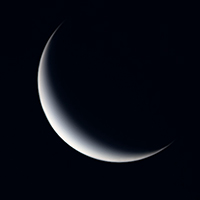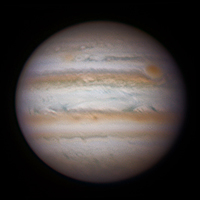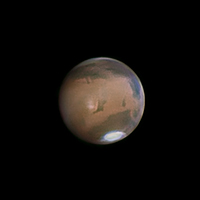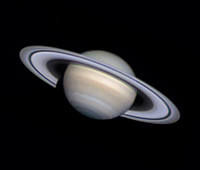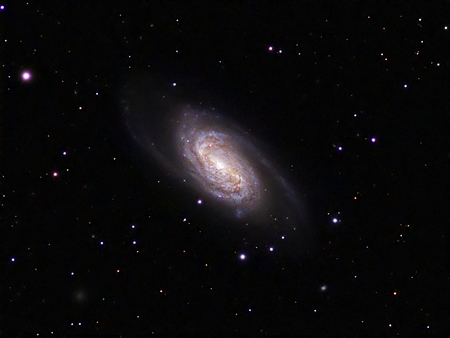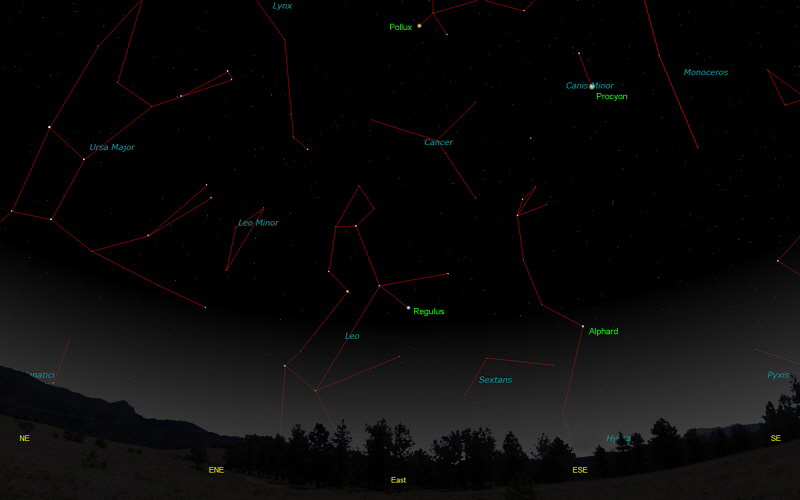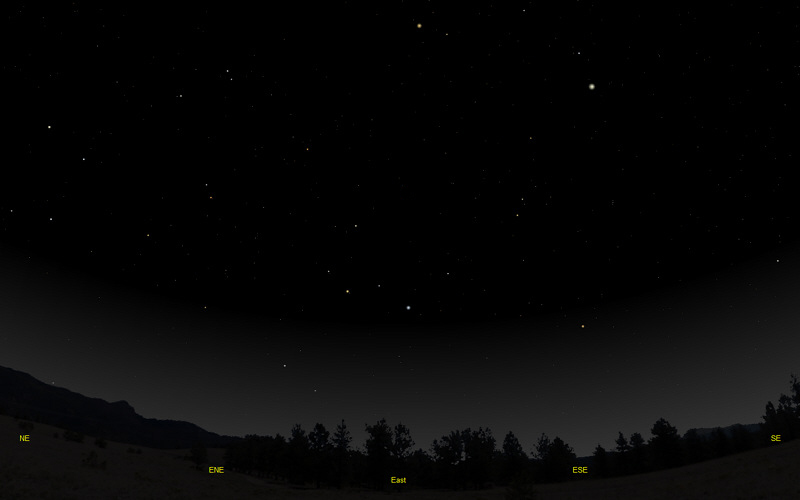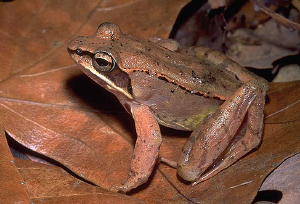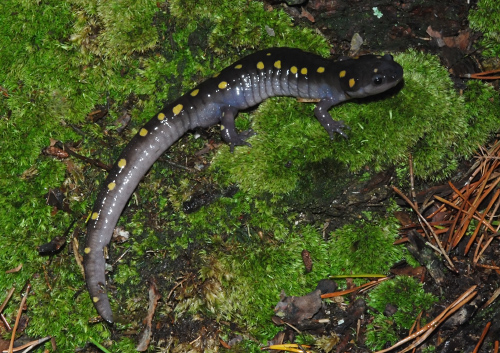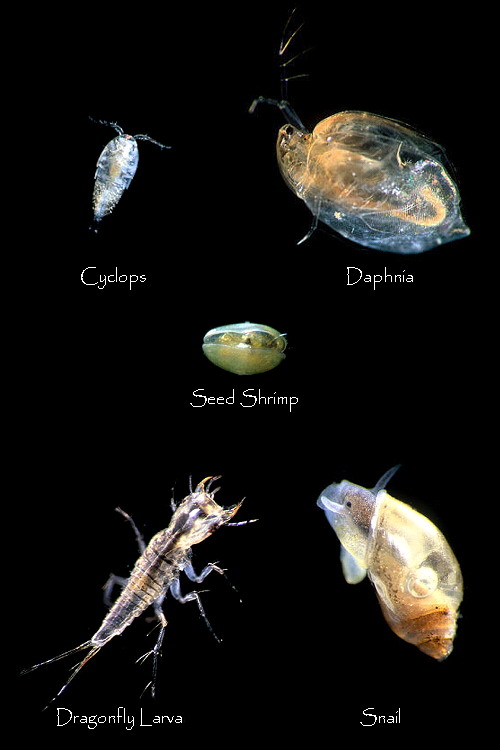The purpose of this feature is to give scout leaders, educators and naturalists an idea of some of the natural events coming up each month. We will try to cover a variety of natural events ranging from sky events to calling periods of amphibians, bird and mammal watching tips, prominent wildflowers and anything else that comes to mind. We will also note prominent constellations appearing over the eastern horizon at mid-evening each month for our area for those who would like to learn the constellations. If you have suggestions for other types of natural information you would like to see added to this calendar, let us know! Note: You can click on the hyperlinks to learn more about some of the featured items. To return to the Calendar, hit the "back" button on your browser, NOT the "back" button on the web page. All charts are available in a "printer friendly" mode, with black stars on a white background. Left clicking on each chart will take you to a printable black and white image. Please note that images on these pages are meant to be displayed at 100%. If your browser zooms into a higher magnification than that, the images may lose quality. Though we link book references to nationwide sources, we encourage you to support your local book store whenever possible.
Sky Events for January 2014: Bright supernova discovered in the galaxy M82 on January 21st! More at the Sky and Telescope link here: Update 01/25/14 - Got back home from Knoxville yesterday evening and quickly grabbed my 85mm Televue refractor and checked on the supernova. The supernova was faintly visible with direct vision at 123 power and obvious using averted vision. There are detailed finder charts at the above link, so it's not hard to "star-hop" to the galaxy M82 with a low power eyepiece or telescope finder. After you locate M82 (you'll probably see both M81 and M82 in the low power field, and M82 is the one fainter and farther to the north), boost the power to make the supernova easier to see. The supernova should be very obvious in scopes 4 inches aperture or larger. Again, a higher power will make the supernova easier to pick out from the glow of the galaxy. It appeared to be around 11th magnitude last night, and may be brightening. Earth is at perihelion, nearest the Sun, on January 4th. The latest sunrise of the year for our latitude occurs on January 6th. Evening Sky:
As January begins, Venus sets a little more than an hour after the Sun. Each day after the first it sinks a little lower till it passes between Earth and the Sun on January 11th. The first week in January is a great time to see Venus as a beautiful thin crescent in a small telescope or binoculars. Take care that the Sun is below the horizon before you start trying to spot it. A good plan is to arrive at your viewing spot about sundown. You should be able to spot Venus 10 to 20 minutes after sundown. The best views of the crescent will be with a bright background sky, so the earlier you spot it, the better. Against a dark sky the crescent is so dazzling that it will highlight all of the errors in your vision and in your optical system. Even 7x30 binoculars will show a tiny crescent if you steady your elbows on something sturdy. You'll want a relatively flat southwest horizon, and begin your search around an azimuth of 240 degrees and an altitude of around 7 degrees above the horizon. Towards the end of the month, look for the crescent low in the dawn sky before sunrise (see below).
Jupiter shines brightly in the night sky throughout January in Gemini. The great planet is at opposition on January 5th, so this month is terrific for getting good telescopic views of the planet. Wait till the planet is high in the sky to get the best views. Binoculars, if held steady, will show the four Galilean moons when they are not transiting the planet or being eclipsed. Mercury will become visible in the southwest sky at dusk during the last half of January. It reaches greatest elongation from the Sun on January 31st, when it will be about 10 degrees above the horizon about 45 minutes after sunset. Morning Sky:
Mars rises around 11:53pm at the beginning of January in Virgo. Mars reaches opposition to Earth in April of this year, so Mars and Earth are approaching each other. While Mars is still small telescopically, it grows from an apparent size of 6.9 seconds of an arc to 8.8 seconds of an arc. This will allow patient observers with larger telescopes to begin seeing a few surface features this month. For the best views, wait until Mars has climbed high in the sky just before dawn. To the naked eye the shrinking distance between Earth and Mars is evident in the growing brightness of the red planet in the night sky. It brightens by over 70 percent during the month of January.
Saturn rises about 3:00am on January 1st in Libra. Saturn's rings have opened up to 22 degrees of tilt. As with Mars, to get the best telescopic views wait until the planet has climbed high in the sky just before dawn. Venus will emerge from the Sun's glare into the dawn sky during the last half of the month. By the end of the month it will about 14 degrees above the horizon about 45 minutes before sunrise. It may actually be easier to see the crescent phase of Venus in the dawn sky than at dusk (see above), because you can locate the planet while it is still easy to spot, then follow it in binoculars till the sky background becomes bright, allowing the crescent phase to be better seen. Take care not to sweep over the Sun if it is above the horizon. All times noted in the Sky Events are for Franklin, Tennessee and are Central Standard Time.
Constellations: The views below show the sky looking east at 9:50pm CST on January 10th. The first view shows the sky with the constellations outlined and names depicted. Star and planet names are in green. Constellation names are in blue. The second view shows the same scene without labels. Ursa Major, the Great Bear, has now cleared the horizon in the northeast. The bright stars of Leo, the Lion, are visible now and Hydra, the Water Serpent, rears its head menacingly. Hydra's brightest star Alphard is known as "The Solitary One" because of its somewhat isolated location from other bright stars. Canes Venatici, the Hunting Dogs, also makes its appearance just above the northeast horizon. Among the fainter constellations visible in the east are Leo Minor, the Small Lion, Cancer, the Crab, and Sextans, the Sextant. Look below Pollux and see if you can spot the faint glow of M44, the "Beehive Cluster." This cluster is located in Cancer, the Crab.
On Learning the Constellations: We advise learning a few constellations each month, and then following them through the seasons. Once you associate a particular constellation coming over the eastern horizon at a certain time of year, you may start thinking about it like an old friend, looking forward to its arrival each season. The stars in the evening scene above, for instance, will always be in the same place relative to the horizon at the same time and date each January. In particular, learn the brightest stars (like Regulus and Procyon in the scene looking east), for they will guide you to the fainter stars. Once you can locate the more prominent constellations, you can "branch out" to other constellations around them. It may take you a little while to get a sense of scale, to translate what you see on the computer screen or what you see on the page of a book to what you see in the sky. Look for patterns, like the stars of Leo. The earth's rotation causes the constellations to appear to move across the sky just as the sun and the moon appear to do. If you go outside earlier than the time shown on the charts, the constellations will be lower to the eastern horizon. If you observe later, they will have climbed higher. As each season progresses, the earth's motion around the sun causes the constellations to appear a little farther towards the west each night for any given time of night. If you want to see where the constellations in the above figures will be on February 15th at 9:30pm CST, you can stay up till 11:30pm CST on the January 15th and get a preview. The westward motion of the constellations is equivalent to two hours per month. For instance, if you want to see what stars will be on your eastern horizon on April 15th at 9:30pm CST (3 months later), you would need to get up at 3:30am CST in the morning on January 15th (3 months times 2 hours/month = 6 hours). Recommended: Sky & Telescope's Pocket Star Atlas is beautiful, compact star atlas. A good book to learn the constellations is Patterns in the Sky, by Hewitt-White. You may also want to check out at H. A. Rey's classic, The Stars, A New Way to See Them. For skywatching tips, an inexpensive good guide is Secrets of Stargazing, by Becky Ramotowski. A good general reference book on astronomy is the Peterson
Field Guide,
A Field Guide to the Stars and Planets, by Pasachoff. The book retails for around $14.00. Starry Night has several software programs for learning the night sky. Visit the Starry Night web site at www.starrynight.com for details. The Virtual Moon Atlas is a terrific way to learn the surface features of the Moon. And it's free software. You can download the Virtual Moon Atlas here. Cartes du Ciel (described in the monthly notes above) is a great program for finding your way around the sky. It is also free, and can be downloaded here. Apps: We really love the Sky Safari 3 Pro application described here. For upcoming events, the Sky Week application is quite nice. Both apps are available for both I-phone and Android operating systems.
Amphibians:
A lot of things happen with amphibians in January. To see them, though, you have to be out in the sort of weather that makes most people stay indoors. The trick is to go out on mild (50 degrees Fahrenheit or warmer) rainy nights. For safety, it is important that you have another person with you to watch for traffic as you slowly drive the back roads, looking for things that cross the road in front of you. Make frequent stops to listen for calling frogs. In January, both Spring Peepers and Upland Chorus Frogs are not uncommon, and Wood Frogs have their short-lived breeding choruses in woodland ponds. Southern Leopard Frogs are also sometimes calling on mild January nights. We have seen Northern Cricket Frogs, Green Frogs, American Bullfrogs and American Toads foraging in January. And just about anything is possible. On January 22, 1999, we found a Eastern Spadefoot out in the stormy weather. That same day a tornado ripped through Clarksville, Tennessee, doing much damage to the Austin Peay campus. January is an exciting time of year to look for herps! Recommended: The Frogs and Toads of North America, Lang Elliott, Houghton Mifflin Co.
Winter Pond Life: Although some Tennessee wildlife is in a dormant state during the winter months, many species remain active. Small ponds are a good habitat to check for some of these species. Frogs and toads forage around the edges of ponds on mild winter evenings, and you can see them by placing a flashlight or spotlight beside your temple and slowly scanning the banks. It is important to have the beam of light close to your eyes, as this maximizes the amount of reflected eye-shine that you see. You can also do your scan with a spotlight and binoculars. We have found many frogs and toads in the winter this way. Being familiar with the calls of frogs that breed during the winter is also helpful. Upland Chorus Frogs, Spring Peepers and Wood Frogs all call in January.
Tiger Salamanders and Spotted Salamanders breed during the early winter, and you can sometimes find their egg masses in ponds. Rainy nights are the best time to check for adult salamanders, but you can check for the egg masses anytime. Red-spotted Newts can also be seen with a spotlight in the shallow water near the pond's edge.
Some of the most interesting wildlife to be found in winter ponds occurs on a small scale. Many insects and crustaceans can be found in the water or beneath the ice, and collecting a few water samples and examining them with a hand lens or small microscope will give you a window into their world. Freshwater crustaceans like the Daphnia, Cyclops and Seed Shrimp are common in ponds and pools, as are many types of small snails. Dragonfly larvae will spend the winter as larvae before transforming to their summer adult form. The word larva comes from the Latin word for ghost or specter. Both larval and the adult dragonflies are voracious predators. The larval dragonflies are in turn preyed upon by frogs and newts. With the exception of the dragonfly larva, all of the creatures shown at right are less than three millimeters in length. All came from one small sample of water we took by breaking through the ice covering a small pond near Springfield, Tennessee. After photographing them, we released them back into the pond.
Archives (Remember to use the back button on your browser, NOT the back button on the web page!) Natural Calendar December 2013 Natural Calendar November 2013 Natural Calendar September 2013 Natural Calendar December 2012 Natural Calendar November 2012 Natural Calendar September 2012 Natural Calendar February 2012 Natural Calendar December 2011 Natural Calendar November 2011 Natural Calendar September 2011 Natural Calendar February 2011 Natural Calendar December 2010 Natural Calendar November 2010 Natural Calendar September 2010 Natural Calendar February 2010 Natural Calendar December 2009 Natural Calendar November 2009 Natural Calendar September 2009 Natural Calendar February 2009 Natural Calendar December 2008 Natural Calendar November 2008 Natural Calendar September 2008 Natural Calendar February 2008 Natural Calendar December 2007 Natural Calendar November 2007 Natural Calendar September 2007 Natural Calendar February 2007 Natural Calendar December 2006 Natural Calendar November 2006 Natural Calendar September 2006 Natural Calendar February 2006
Natural Calendar
December 2005
Natural Calendar
November 2005
Natural Calendar
September 2005
Natural Calendar
February 2005
Natural Calendar
December 2004
Natural Calendar
November 2004
Natural Calendar
September 2004
Natural Calendar
February 2004
Natural Calendar
December 2003
Natural Calendar
November 2003
Natural Calendar
September 2003 Natural Calendar February 2003 Natural Calendar December 2002 Natural Calendar November 2002 Nature Notes Archives: Nature Notes was a page we published in 2001 and 2002 containing our observations about everything from the northern lights display of November 2001 to frog and salamander egg masses. Night scenes prepared with The Sky Professional from Software Bisque All images and recordings © 2014 Leaps |
|||||||||||||||||
